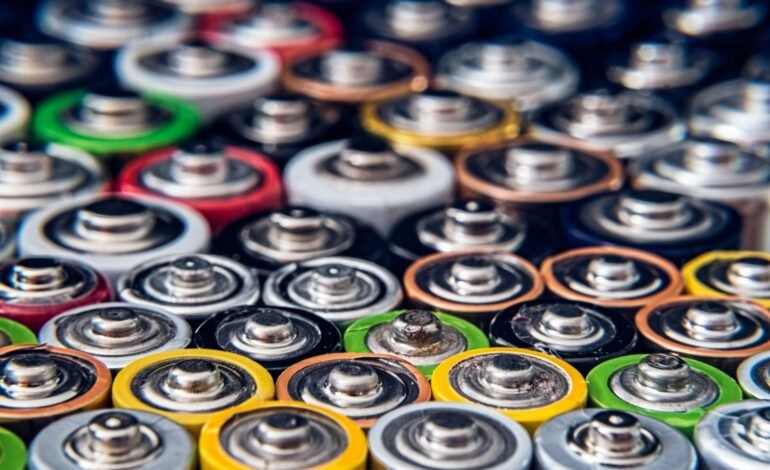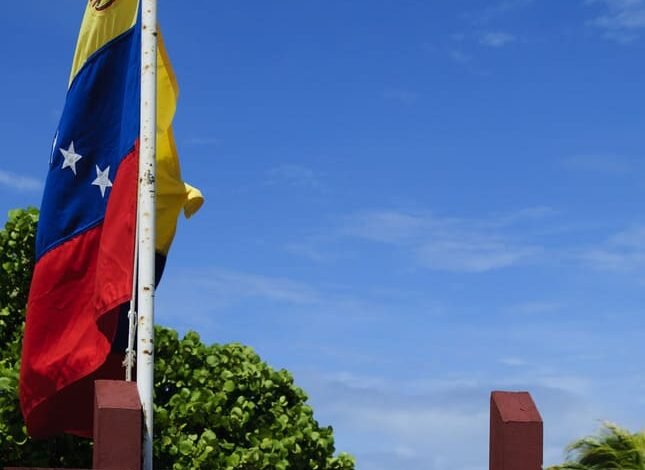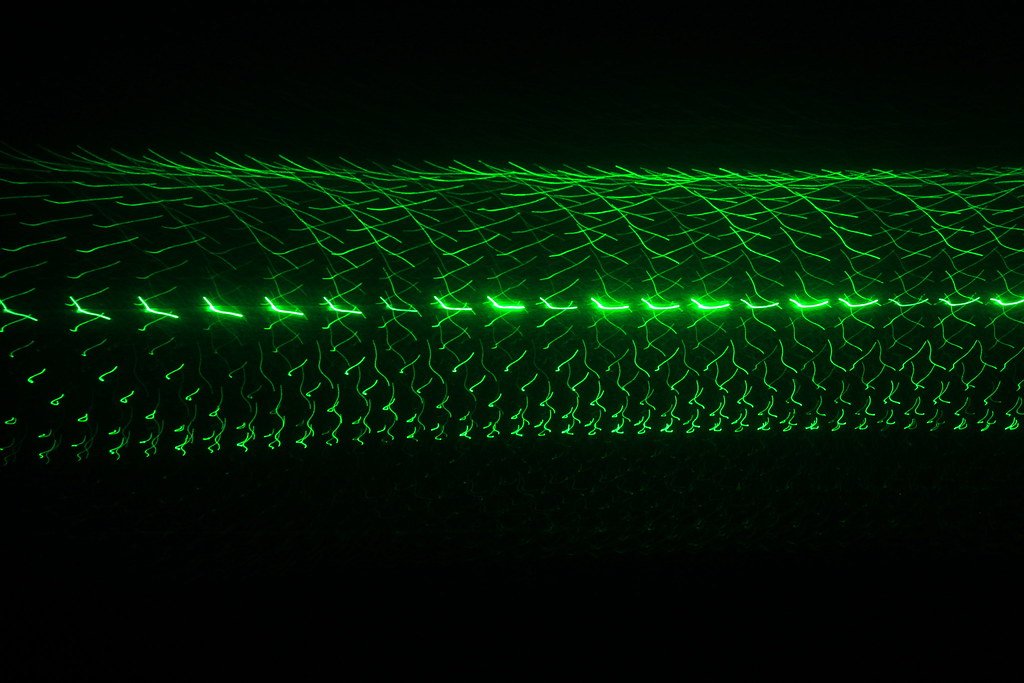Dead batteries recycling could save billions and cut pollution

Increasing demand for electric vehicles (EVs), portable electronics, and renewable energy storage has made lithium batteries crucial. As the world moves towards cleaner energy, recycling dead batteries is becoming more important.
Research from Edith Cowan University (ECU) has found that tapping into spent batteries as a secondary source of lithium would not only help reduce the environmental impact, but it also secures access to a valuable resource, supports a circular economy, and ensures long-term sustainability for the energy sector.
PhD student Ms Sadia Afrin highlighted that the global lithium-ion battery market size is expected to grow at an annual rate of 13%, reaching $87.5 billion by 2027. Lithium consumption is expected to increase from 390 kilotons in 2020 to around 1,600 kilotons by 2026.
But only 20% of a lithium-ion battery’s capacity is used up before the battery is no longer fit for use in an EV. This means that dead batteries either end up in storage or in a landfill, retaining almost 80% of their lithium capacity. Australia’s Department of Industry, Science, and Resources has estimated that by 2035, the country could be generating 137,000 tonnes of lithium battery waste annually. The battery recycling industry, according to Australian government figures, could be worth between $603 million and $3.1 billion annually in just over a decade.
While the lithium extracted from recycling dead batteries is unlikely to impact extraction elsewhere, the recycling process offers many clear environmental benefits compared with mining the material.
Stay tuned to EyeOnLondon for the latest news and expert opinions.
Follow us on:
Subscribe to our YouTube channel for the latest videos and updates!
We value your thoughts! Share your feedback and help us make EyeOnLondon even better!









